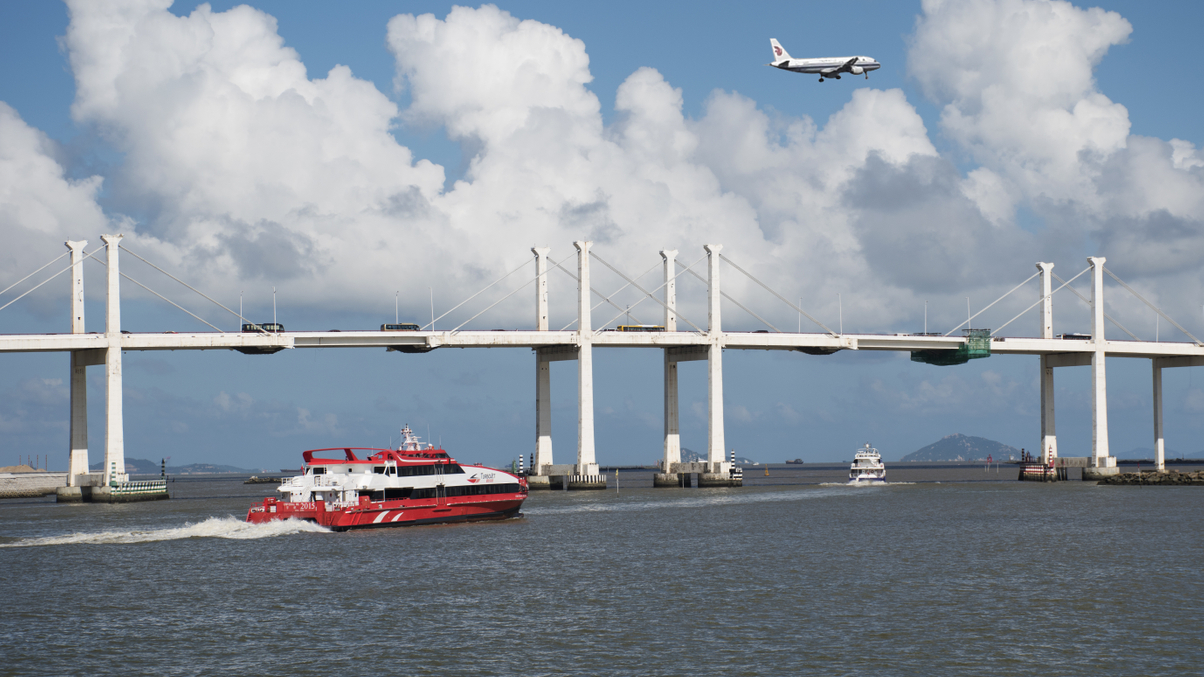partner content
Infra investors aim to adapt to rising rates
Investors are turning to pooled vehicles and co-investments, as they seek to anticipate a rotation of assets into fixed incomes, a new survey by AsianInvestor and QIC shows.

Infrastructure investors want higher returns to compensate for rising interest rates and bond yields and are increasingly turning to actively managed pooled investments, according to the results of an investor survey conducted by AsianInvestor and QIC.
Sign In to Your Account
Access Exclusive AsianInvestor Content!
Please sign in to your subscription to unlock full access to our premium AI resources.
Free Registration & 7-Day Trial
Register now to enjoy a 7-day free trial—no registration fees required. Click the link to get started.
Note: This free trial is a one-time offer.
¬ Haymarket Media Limited. All rights reserved.


